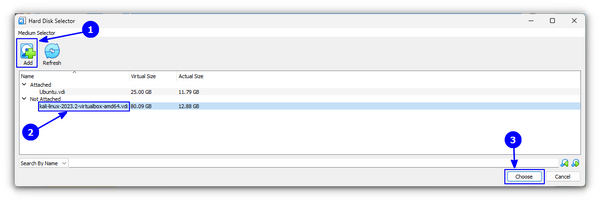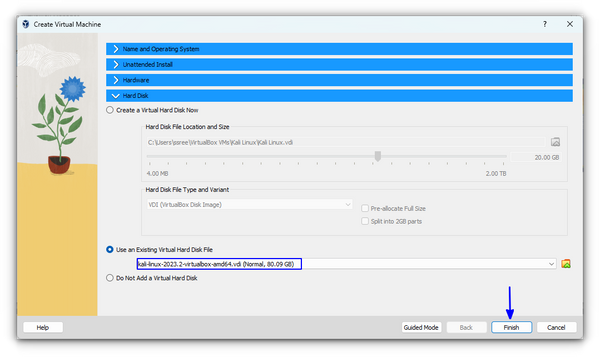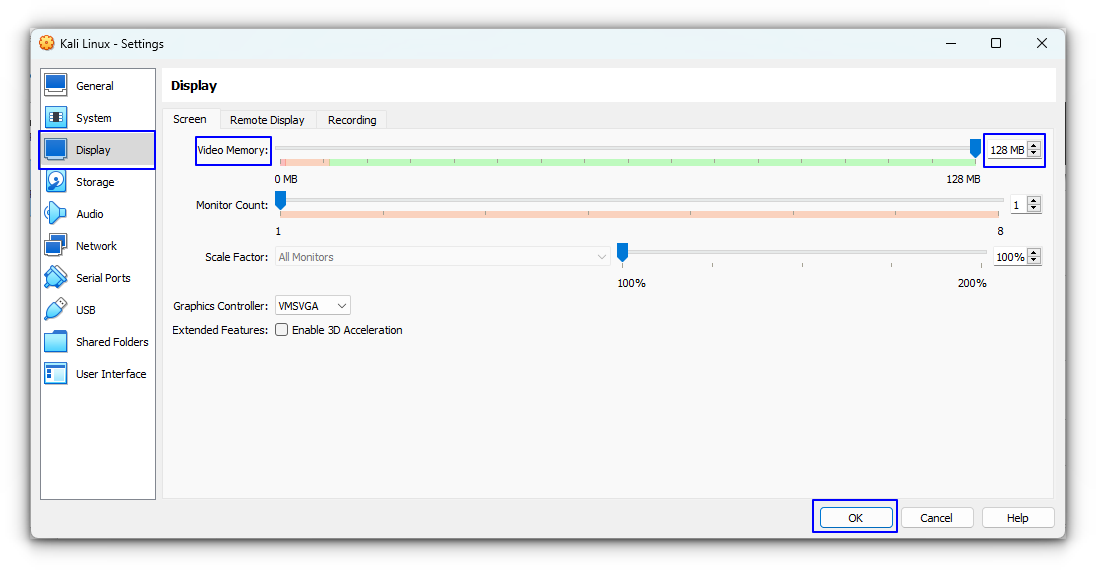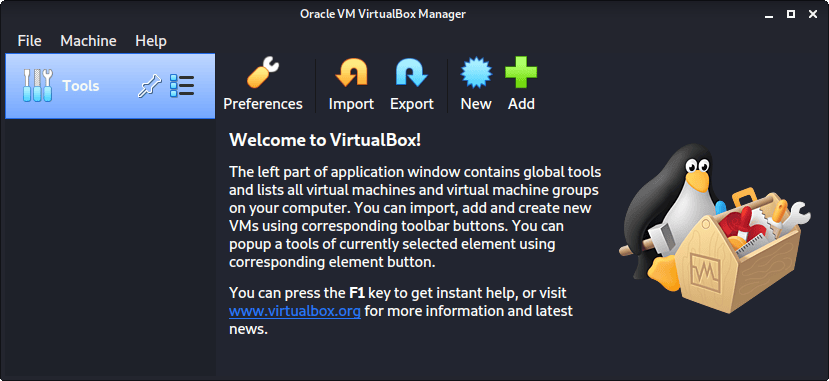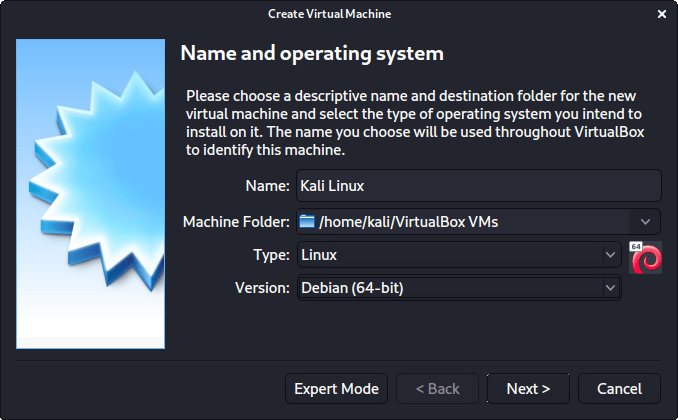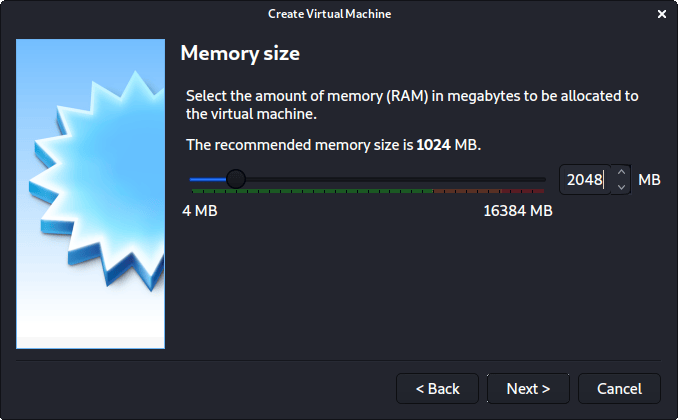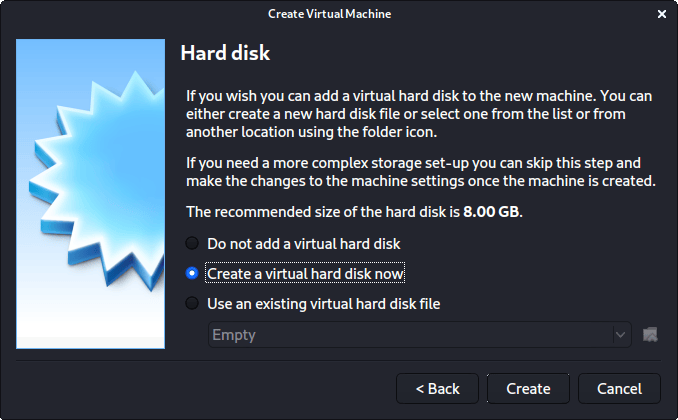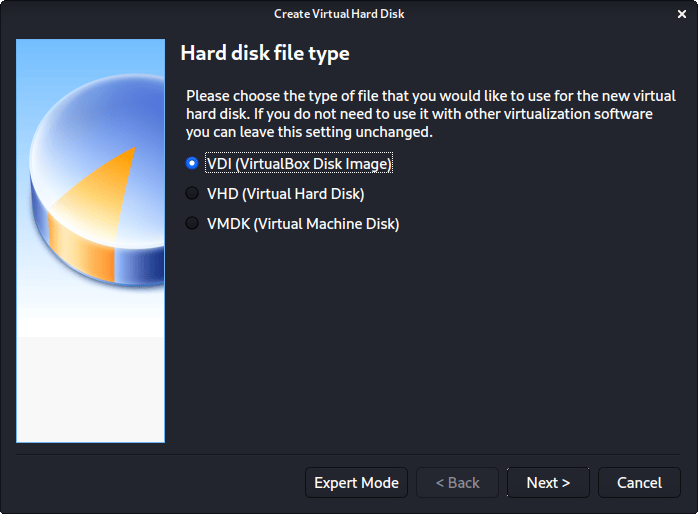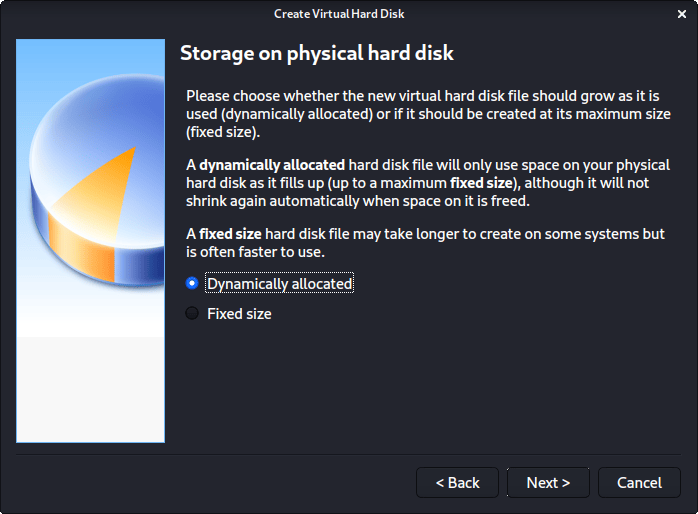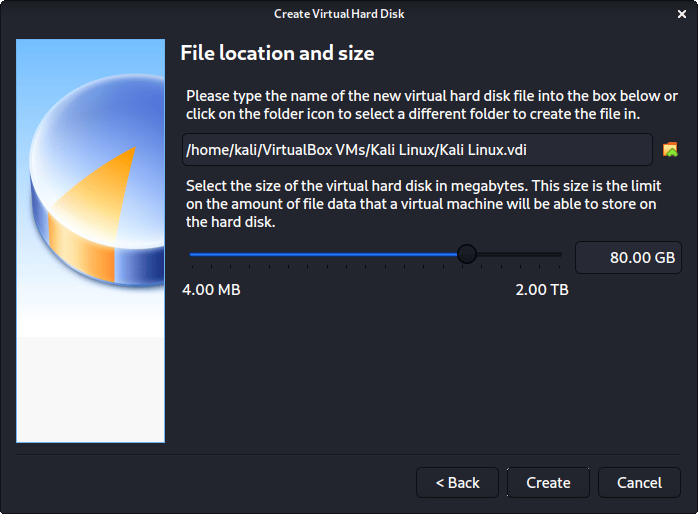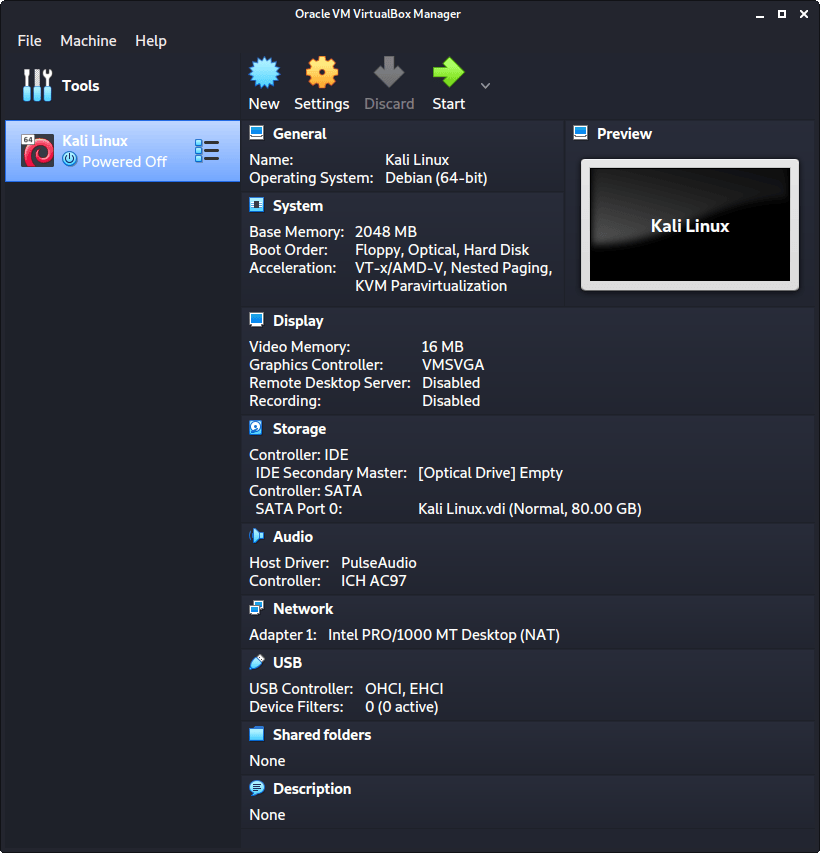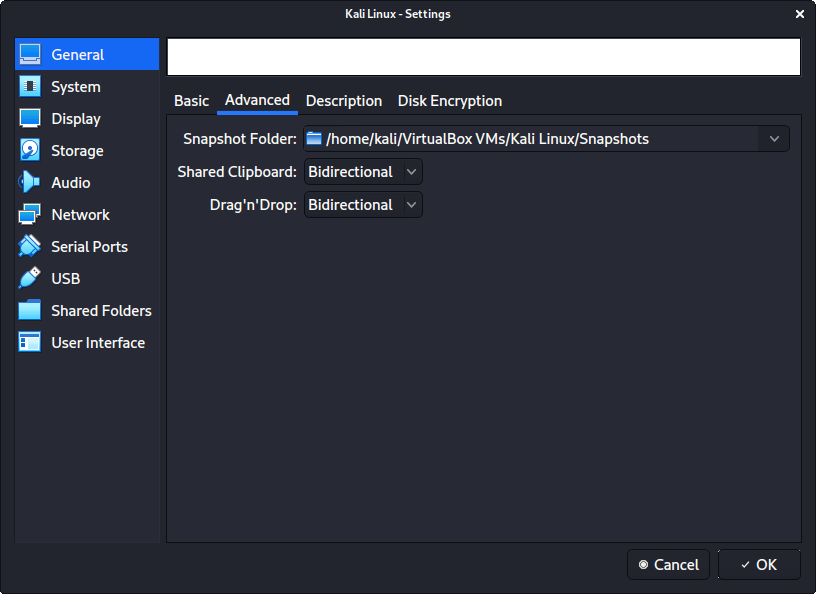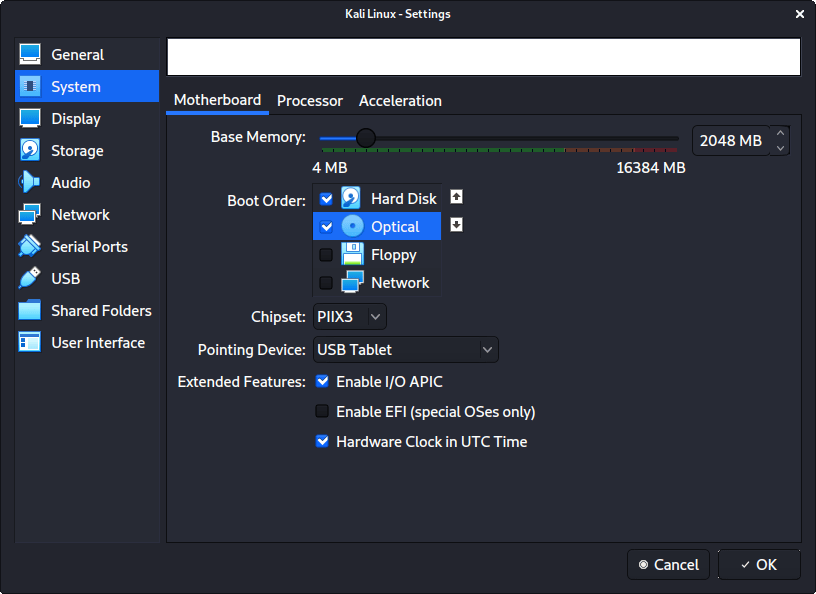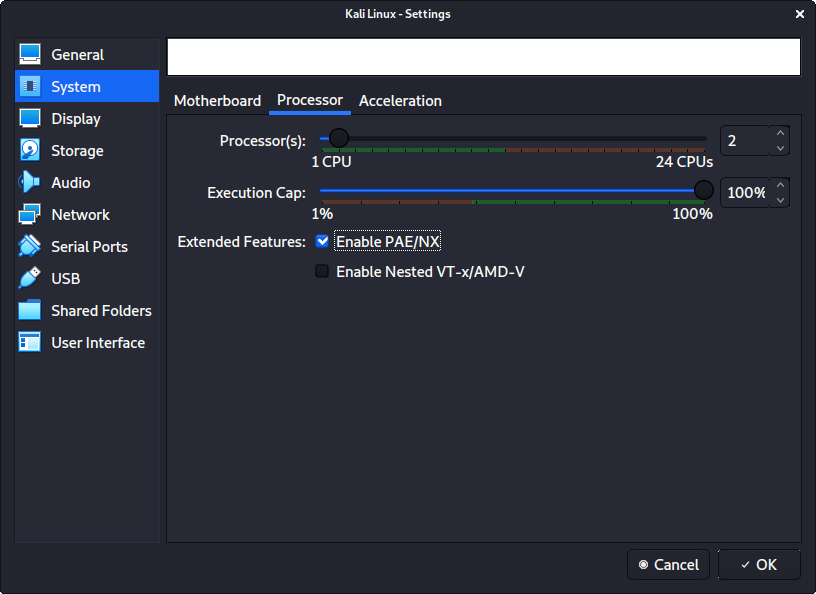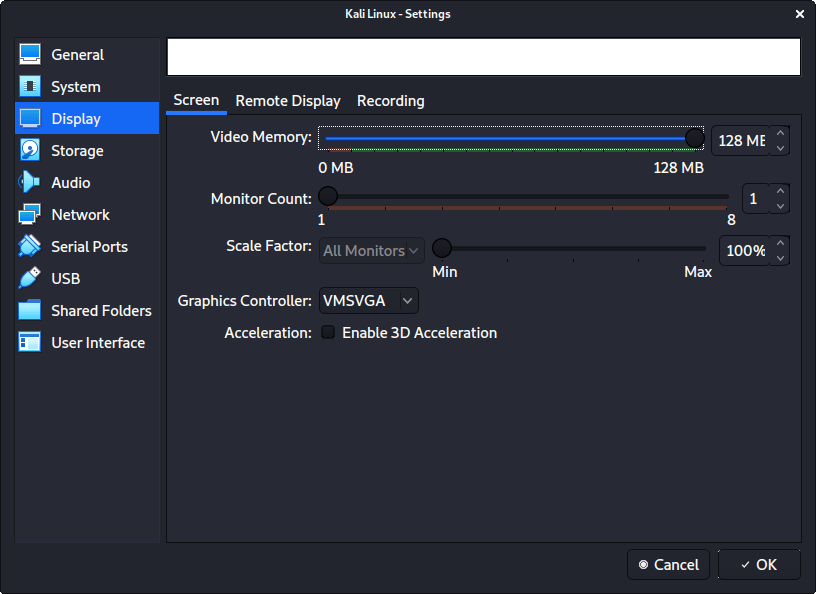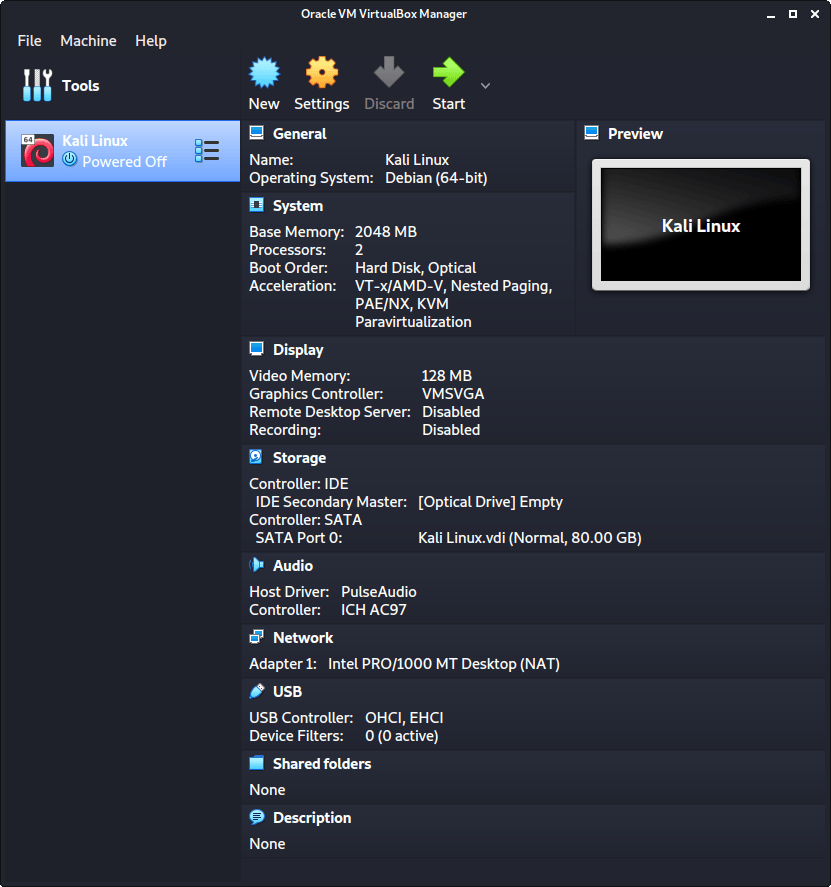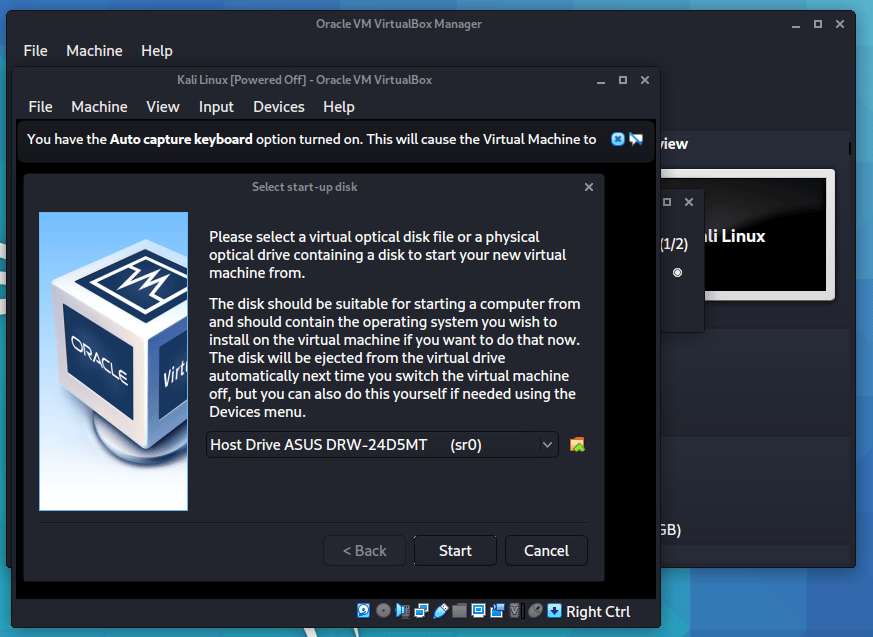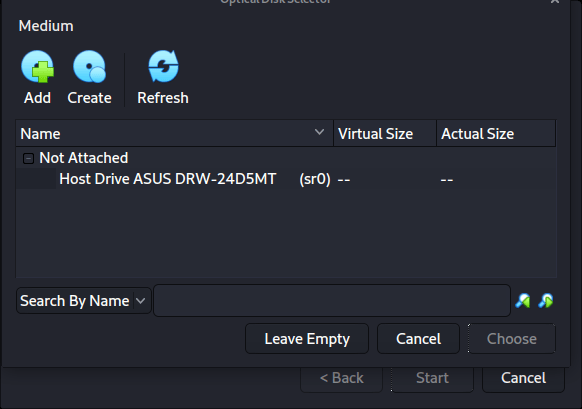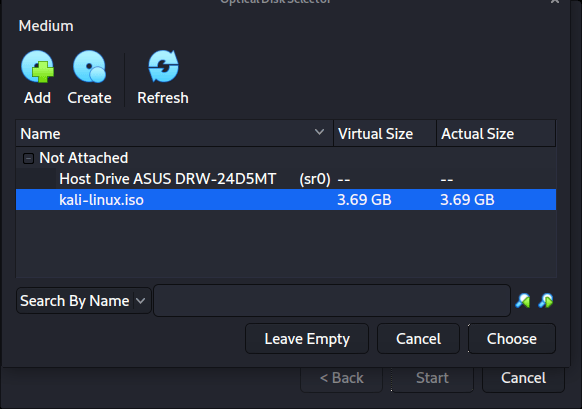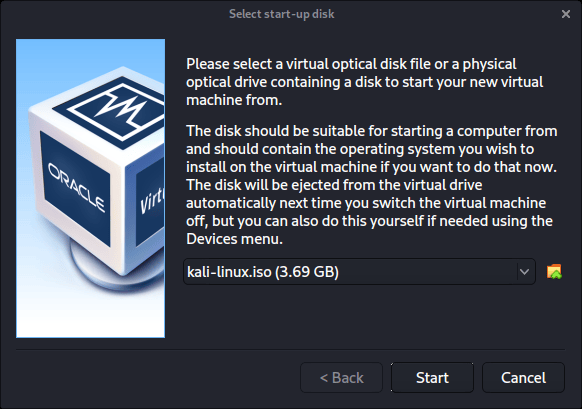Installing Kali Linux on VirtualBox: Quickest & Safest Way
Kali Linux is one of the best Linux distributions for hacking and security enthusiasts. Since it deals with a sensitive topic like hacking, it’s like a double-edged sword. We have discussed it in the past with a detailed Kali Linux review, so I am not going to bore you with the same stuff again. While you can install Kali Linux by replacing the existing operating system, using it via a virtual machine would be a better and safer option. With VirtualBox, you can use Kali Linux as a regular application in your Windows/Linux system. It’s almost the same as running VLC or a game in your system. Using Kali Linux in a virtual machine is also safe. Whatever you do inside Kali Linux will NOT impact your ‘host system’ (i.e. your original Windows or Linux operating system). Your actual operating system will be untouched and your data in the host system will be safe.
How to Install Kali Linux on VirtualBox
I’ll be using VirtualBox here. You may also install Kali Linux on VMWare. VirtualBox is a wonderful open source virtualization solution for anyone (professional or personal use). It is available free of cost. In this tutorial, we will talk about Kali Linux in particular but you can install almost any other OS using the ISO file or a pre-built virtual machine save file.
As I already mentioned, you can have either Windows or Linux installed as your host. But, in this case, I have Windows installed (don’t hate me!), where I try to install Kali Linux in VirtualBox step by step. And, the best part is that even if you use a Linux distro as your primary OS, the same steps will be applicable! Wondering how? Let’s see… As the file size is around 3 GB, you should either use the torrent option or download it using a download manager, whichever is fastest for you.
3. Install Kali Linux on Virtual Box
Once you have installed VirtualBox and downloaded the Kali Linux 7z image, you just need to add it to VirtualBox in order to make it work. Here’s how to add the VirtualBox image for Kali Linux: Step 1: Extract the downloaded 7z file. You can use 7zip for extracting the file.
The Kali Linux Virtual Machine storage will be on the same location as you extracted the 7z file. If you want a different location for the VM, you need to extract the 7z file to a location where you have sufficient storage available. I would never recommend the C: drive on Windows.
Step 2: Launch VirtualBox. You will notice an Add button – click on it. 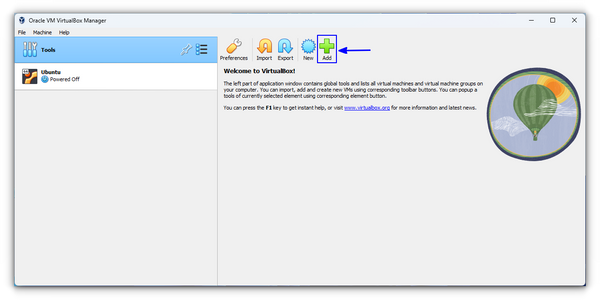

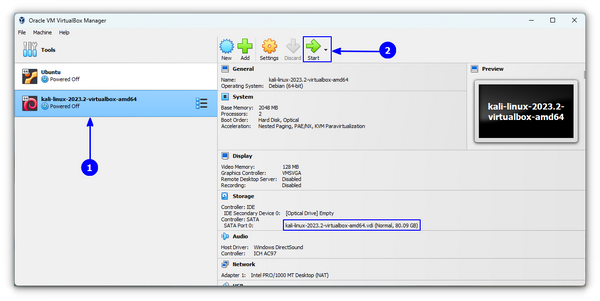
You might get an error at first for USB port 2.0 controller support, you can disable it to resolve it or just follow the on-screen instruction of installing an additional package to fix it. And, you are done!

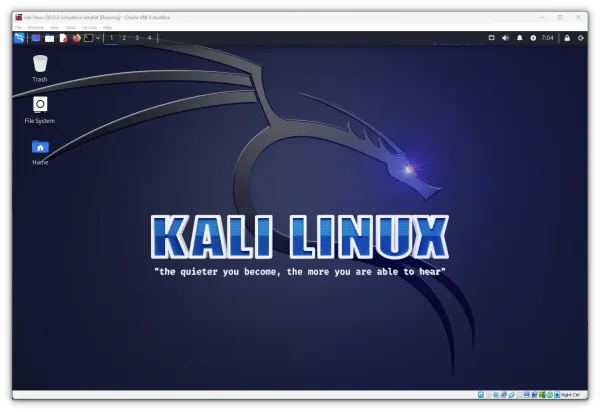
Of course, Kali Linux has a lot of useful tools in it for penetration testing – so you can explore those after installation.
Both Kali Linux and Ubuntu are Debian-based. If you face any issues or error with Kali Linux, you may follow the tutorials intended for Ubuntu or Debian on the internet.
Suggested Read 📖
How to install Kali Linux on VirtualBox using VDI
While you can always follow the instructions recommended above, there’s also another way of installing Kali Linux. You will notice a VDI file when extracting the 7z file of Kali Linux. You can use this VDI file to create a Kali Linux Virtual Machine. Open VirtualBox and select New option. 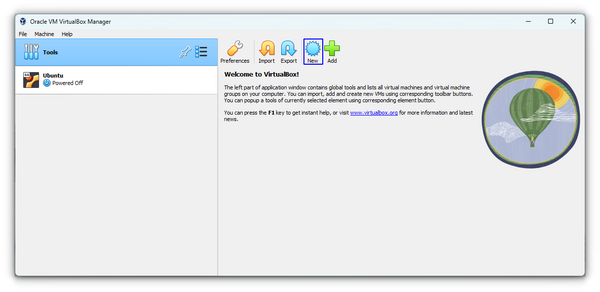
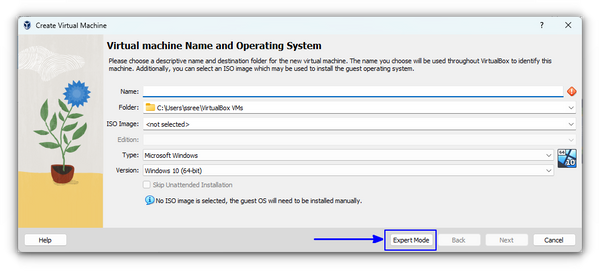
- Name of VM: Kali Linux
- Type: Linux
- Version: Debian 64-bit
- Under Hardware, Base Memory (RAM): 4GB (Recommended)
- Processors: More than one, as per availability
Now, for the Hard Disk part, select Use an existing Virtual Hard Disk File and browse for the extracted .vdi file of Kali Linux.
On the new dialog box, click on Add and search for the VDI file in resulting file browser. Once you find the file, select it and then press choose.
You can now press the Finish button.
The VM created will have several settings like Display Memory, Network etc set to default. You should give the Display memory as 128 MB and choose to enable 3D acceleration.
You can now start the VM, and use username and password «kali» once asked to log in.
You can always install Kali Linux using the ISO file, which has same process like any other Linux distribution.
Bonus: Free Kali Linux Guide
If you are just starting with Kali Linux, it will be a good idea to know how to use Kali Linux.
Offensive Security, the company behind Kali Linux, has created courses that explains the basics of Kali Linux, configuration, and more. It also has a few chapters on penetration testing and security tools.
Basically, it has everything you need to get started with Kali Linux. And the best thing is that the course is available for free. You can go to the portal to explore courses and certification exams, and learn them there.
Let us know in the comments below if you face an issue or simply share your experience with Kali Linux on VirtualBox. If you are curious, you can also try Kali Linux on Windows using WSL.
Kali linux virtualbox machine
This guide is about virtualizing Kali Linux inside of VirtualBox, allowing you to have a Kali VM. This is a great way to use Kali, as it is completely separate from the host, allows you to interact with other VMs (as well as the host machine and other machines on the network), and allows you to revert to snapshots.
You may wish to follow our other guide if you are trying to install VirtualBox on Kali Linux (as a host).
The guide below is what we use to generate our pre-made Kali Linux VirtualBox images. You may alter this to your needs. We always generate the images using the latest version of VirtualBox.
You may need to enable virtualization in your BIOS/UEFI for (e.g. Intel VT-x/AMD-V)
Wizard
Upon starting up VirtualBox, select “New” (Machine -> New).
The next screen is “Name and operating system” which is where you name the VM. This name is also used in any filenames (such as the configuration, hard disk and snapshot — which isn’t changed from this point).
We are keeping it generic in this guide (as Kali is a rolling distribution, and we update it), however for our releases, we use the version number in the name as it is a fixed release ( kali-linux-YYYY.N-vbox-ARCH . Example: kali-linux-2023.2-vbox-amd64 ).
For the “Type”, we set it as Linux . For the “Version”, we are going to be using the x64 desktop image, so we are going to select Debian (64-bit) .
“Memory size” is the next section, where we can define how much RAM to use. Again, the higher the amount of RAM, the more applications can be open and at increased performance. Various tools inside of Kali can be demanding of resources. When we make the general VMs, we select 2048 MB (2GB) for RAM, but we often increase this for our personal machines as we have high-performing devices with spare RAM which Kali can utilize.
This screen below, “Hard disk”, allows us to Create a new virtual disk now .
For the “Hard disk file type”, we select VDI (VirtualBox Disk Image) (and its the default option).
For the following screen, “Storage on physical hard disk”, we go with the default option of Dynamically allocated .
Now with “File location and size”, we can now define how large the virtual hard disk will be. We use 80.00 GB for our VMs.
After clicking on “Create”, the wizard is complete.
Now we click on “Settings”, to customize the VM further.
In “General” -> “Advanced”, we make sure to set “Shared Clipboard” to bidirectional , as well as “Drag’n’Drop” to bidirectional
In “System” -> “Motherboard”, we change the “Boot Order” to make sure Hard Disk is top and Optical is the second. Everything else is disabled.
In “System” -> “Processor”, we increase the “Processor(s)” to be 2 .
At the same time, we also enable “Extended Features” for Enable PAE/NX .
In “Display” -> “Screen”, we make sure to have “Video Memory” set to 128 MB
Another item to point out is to make sure that “Accelerated 3D graphics” is disabled, as people have reported that causes issues.
The final settings view looks like the following:
When we are ready to go, press “Start”.
The first time we run it, we will get a prompt saying do we wish to mount an image to use as a “start-up disk”. We want to use our Kali image, rather than a physical drive, so we select the icon to the side of the drop down.
A new pop up will open, “Optical Disk Selector”. We will now press “Add”, then navigate to where our ISO is located.
After pressing “Open”, we can see its been added, so we make sure its selected and press “Choose”.
All that is left now to do is press “Start”.
After all this is done, we save, start up the VM, and then continue installing Kali Linux as we normally would for a bare metal install.
During Kali Linux setup process, the install wizard should detect if its inside a VM. If it is, should then automatically install any additional tools (such as virtualbox-guest-x11 ) to give a better user experience. If you want to manually re-install it, you can see our VirtualBox Guest Guide.
Updated on: 2023-May-30
Author: g0tmi1k


